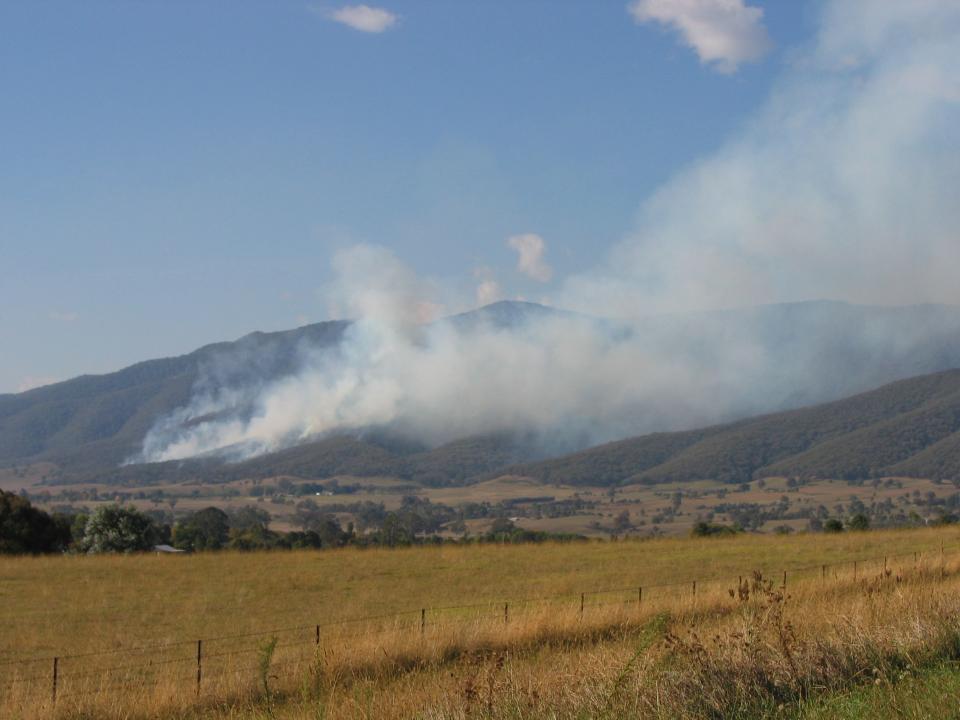
PUBLICATIONS
Published works

Assessment of potentially toxic metal contamination in the soils of a legacy mine site in Central Victoria, Australia.
| Title | Assessment of potentially toxic metal contamination in the soils of a legacy mine site in Central Victoria, Australia. |
| Publication Type | Journal Article |
| Year of Publication | 2018 |
| Authors | Abraham, J, Dowling, K, Florentine, S |
| Journal | Chemosphere |
| Volume | 192 |
| Keywords | Ecosystem health, Heavy metal pollution, Human health, Legacy mining issues, Soil pollution |
| Abstract | The environmental impact of toxic metal contamination from legacy mining activities, many of which had operated and were closed prior to the enforcement of robust environmental legislation, is of growing concern to modern society. We have carried out analysis of As and potentially toxic metals (Cd, Co, Cr, Cu, Hg, Mn, Ni, Pb, and Zn) in the surface soil of a legacy gold mining site in Maldon, Victoria, Australia, to reveal the status of the current metal concentration. The results revealed the median concentrations of metals from highest to lowest, in the order: Mn > Zn > As > Cr > Cu > Pb > Ni > Co > Hg > Cd. The status of site was assessed directly by comparing the metal concentrations in the study area with known Australian and Victorian average top soil levels and the health investigation levels set by the National Environmental Protection Measures (NEPM) and the Department of Environment and Conservation (DEC) of the State of Western Australia. Although, median concentrations of As, Hg, Pb, Cu and Zn exceeded the average Australian and Victorian top soil concentrations, only As and Hg exceeded the ecological investigation levels (EIL) set by DEC and thus these metals are considered as risk to the human and aquatic ecosystems health due to their increase in concentration and toxicity. In an environment of climate fluctuation with increased storm events and forest fires may mobilize these toxic metals contaminants, pose a real threat to the environment and the community. |
| URL | https://www.sciencedirect.com/science/article/pii/S0045653517317356?via%3Dihub |
| DOI | 10.1016/j.chemosphere.2017.10.150 |
| Refereed Designation | Refereed |
Published Works


